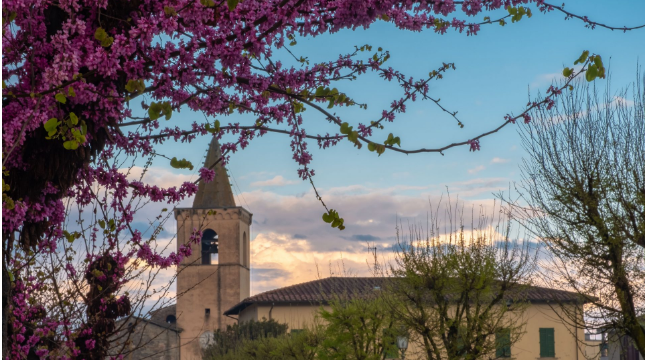
Originally known by the name of Casale, Casalguidi is a lowland town, fortified in 1181 by Pistoia because of the arrival of Frederick Barbarossa.
The first inhabitants settled on the hills of Saint Biagio. Here they built a temple dedicated to Venus, later consecrated to Saint Romulus. This small inhabited center was semi-destroyed by the Lombards and, later, passed into the hands of the Carolingians. They gave it as a prize to Ildebrando from Conti Guidi, who had participated in the first Crusade with 400 armed men and would have established his home in the place where the current rectory is. Probably in the sixteenth century, the toponym Casale was enriched with the suffix which transformed the name into Casalguidi, to bear witness to the lordship of the Guidi counts.
From 1062 the Bishop began to receive the titles of the curtis in the territory of Casale, which included a castle and vast land holdings. The village was inhabited by a rural community which, around 1132, began to emancipate itself, occupying the noble lands, later controlled by the municipality of Pistoia.
In the XIV century the troops of Corso Donati, marching on Pistoia, destroyed the village and its countryside. In 1391 it was besieged by Jacopo del Verme, a captain sent to Tuscany by the Milanese Giangaleazzo Visconti. It also suffered the harsh reaction of Giovanni Acuto’s Florentine troops, who razed the town to the ground to repress the attacks.
The 15th century was a period of peace, but also of impoverishment and demographic decline. Towards the end of the century and the beginning of the next one, the town was the scene of bloody rivalry between the powerful Pistoia families of Panciatichi and Cancellieri.



